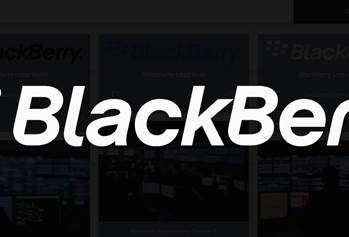CRN Pipeline 2018 was brought to life with the help of Telstra, Hewlett Packard Enterprise, Rhipe and Aruba, companies which took the opportunity to present to the channel on their partner programs and new innovations.
Telstra calling for partners
Telstra’s Charlotte Schraa took to the stage to talk about the opportunities it wants to bring to new partners. The telecommunications giant called four different channel partners – Star21, Jasco Consulting, Modality Systems and Digital Armour – to the stage in Melbourne and Sydney to discuss how they have co-created solutions around its newly launched Telstra Calling for Office 365.
Charlotte Schraa: Our partner program is going through significant change. We’re growing our indirect channel sales at Telstra 20 percent, year-on-year, which is pretty strong growth, and we’re investing accordingly in our indirect channel. We have a strategy that’s supercharging indirect channel growth all the way through Telstra Enterprise. It means we’ve got teams, projects and programs focused on enabling our indirect channel partners.
Our partner model is a sell-with model. That means if you work with us, you’re also working with 1000 direct sellers through Australia and globally. Those teams work with you, to build pipeline and opportunity, and collaborate with you. The opportunity is for you to bring opportunities to Telstra, or for us to assign an opportunity to you.
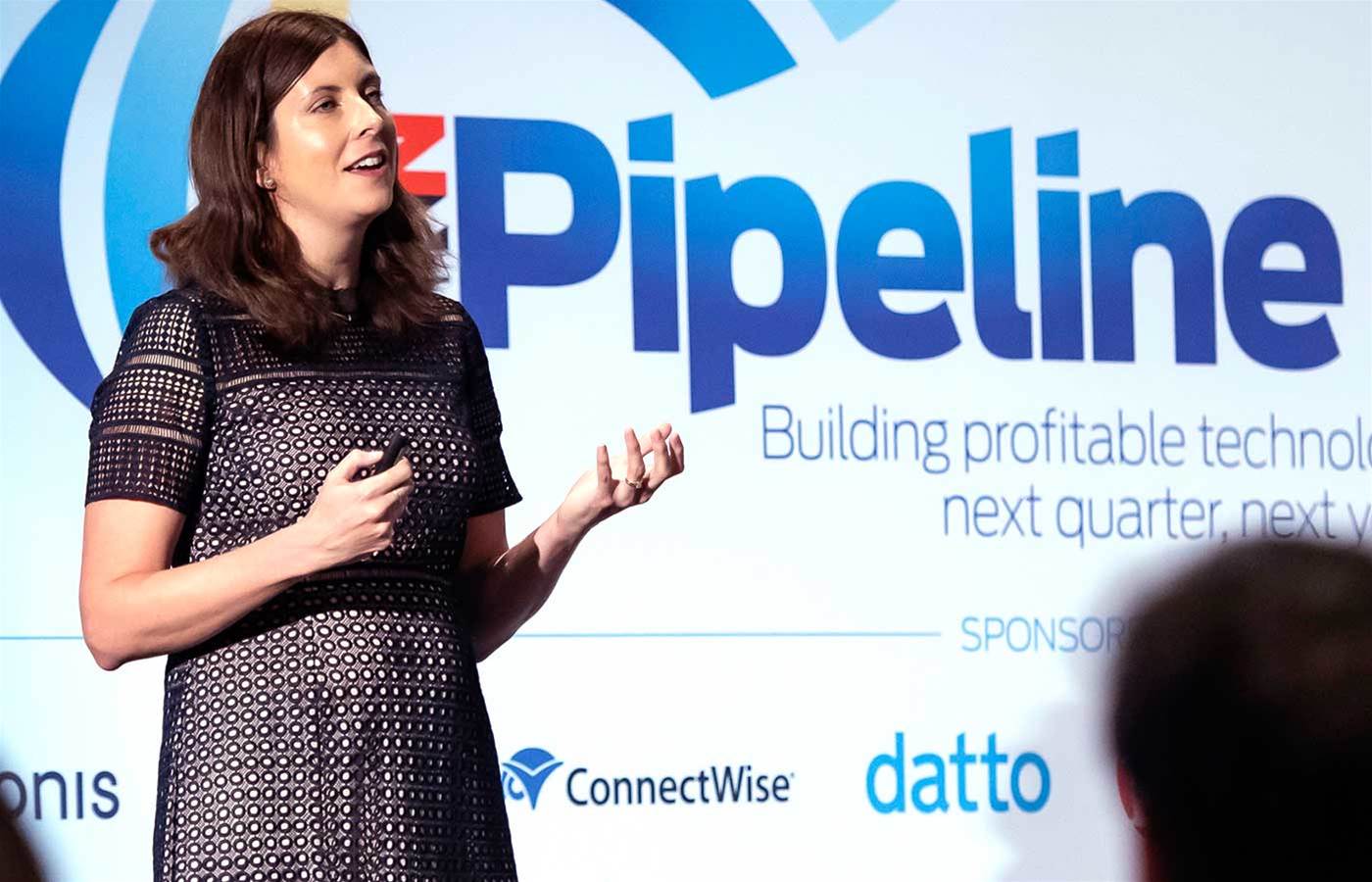
Joel Dane, Telstra Global Products: Many probably don’t know, but Telstra has made significant steps to move to an agile product development methodology. What this means is rather than building a product for two years and then having it suddenly land in market, we now work in an agile development with our customers and our channel, and almost define our destination from a goal perspective, but iterate and develop as we go through that development cycle.
Charlotte Schraa: What does it feel like as a partner to go through that with us?
Jason McLintock, Jasco Consulting: Being able to provide feedback at every stage of development of the product, being able to provide technical input, to be able to provide from our delivery perspective has been good. And it’s been unique for being the first time with Telstra. I think as a model going forward, it’s going to be very, very positive overall.
Charlotte Schraa: What’s it been like for a long-time Telstra partner to see how we’re now working differently?
Keith Schultheiss, Star 21: When Star 21 first started, it was all about mobiles, fixed line phone systems, UC and complex data. We then moved, about four years ago, into a world of IT in terms of Office 365.
Our main focus was support, as well as providing the product. I think that’s the best part of how this has all worked out. Every time Telstra comes to us with a new product or a new service, we’re actually looking for ways to support that product and give the absolute best customer experience we can.
We’ve seen the change of attitude. We don’t just want to sell the product and then walk away. We stay with the customer for the long haul and help them through the change of technology.
Maria Padesetti, Digital Armour: When we got started it was probably the beginning of the channel program. And it was a lot more challenging six years ago. But I can see over the last year or two there has been a lot of investment. We’re getting a lot more support in the channel. And the engagement with the sales teams has been phenomenal. And being part of this program, which is co-creating products with Telstra, has just given us such an edge; we’ve got opportunities coming out of our ears.
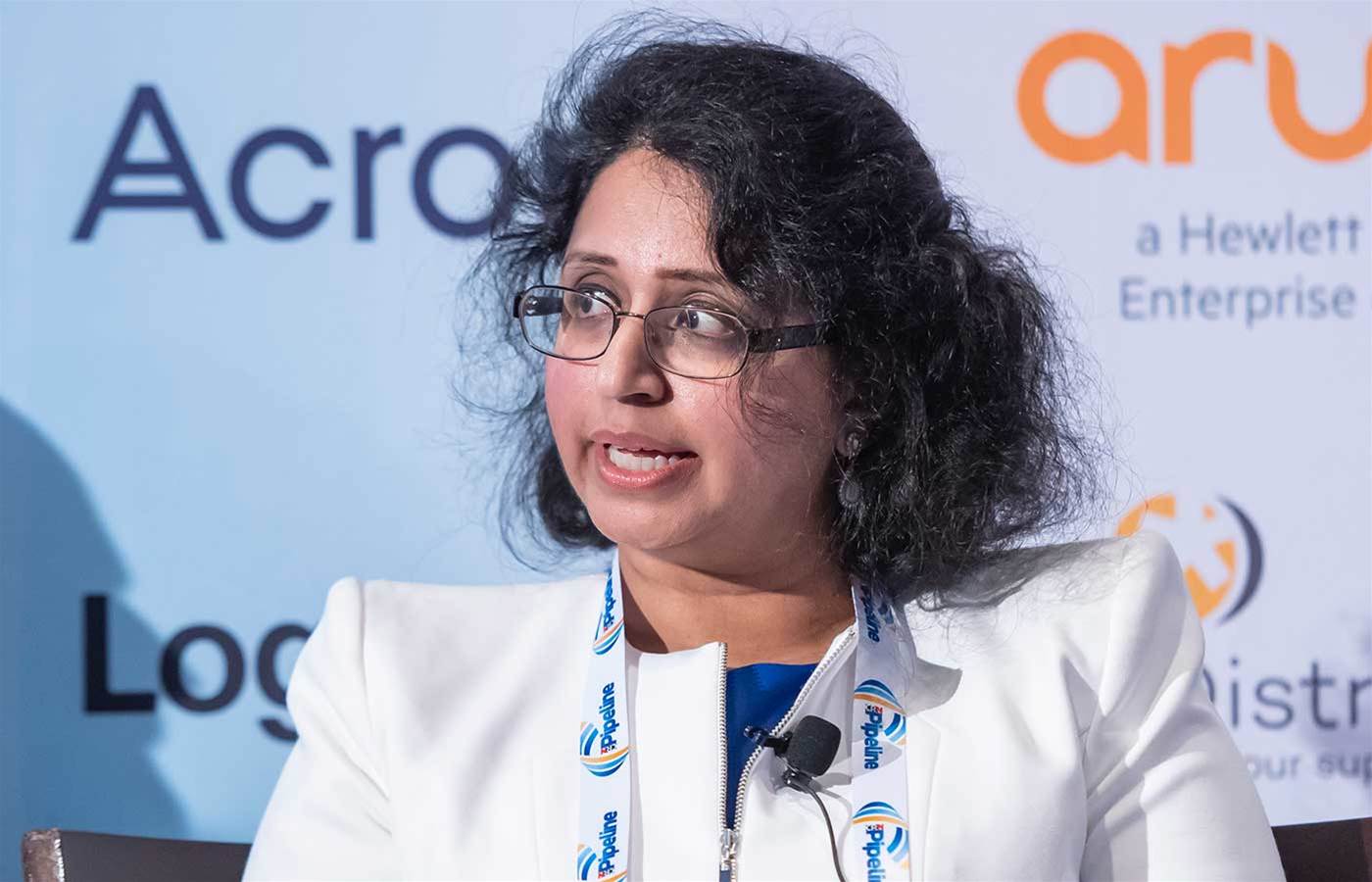
Charlotte Schraa: What has the experience of co-creating the Telstra Calling for Office 365 been like for a Microsoft partner?
Justin Morris, Modality Systems: Last year, both Microsoft and Telstra approached us and said, “We’re looking for partners that understand this space really well, to come with us on a journey to help deliver some customer messaging.” And that was a really collaborative process.
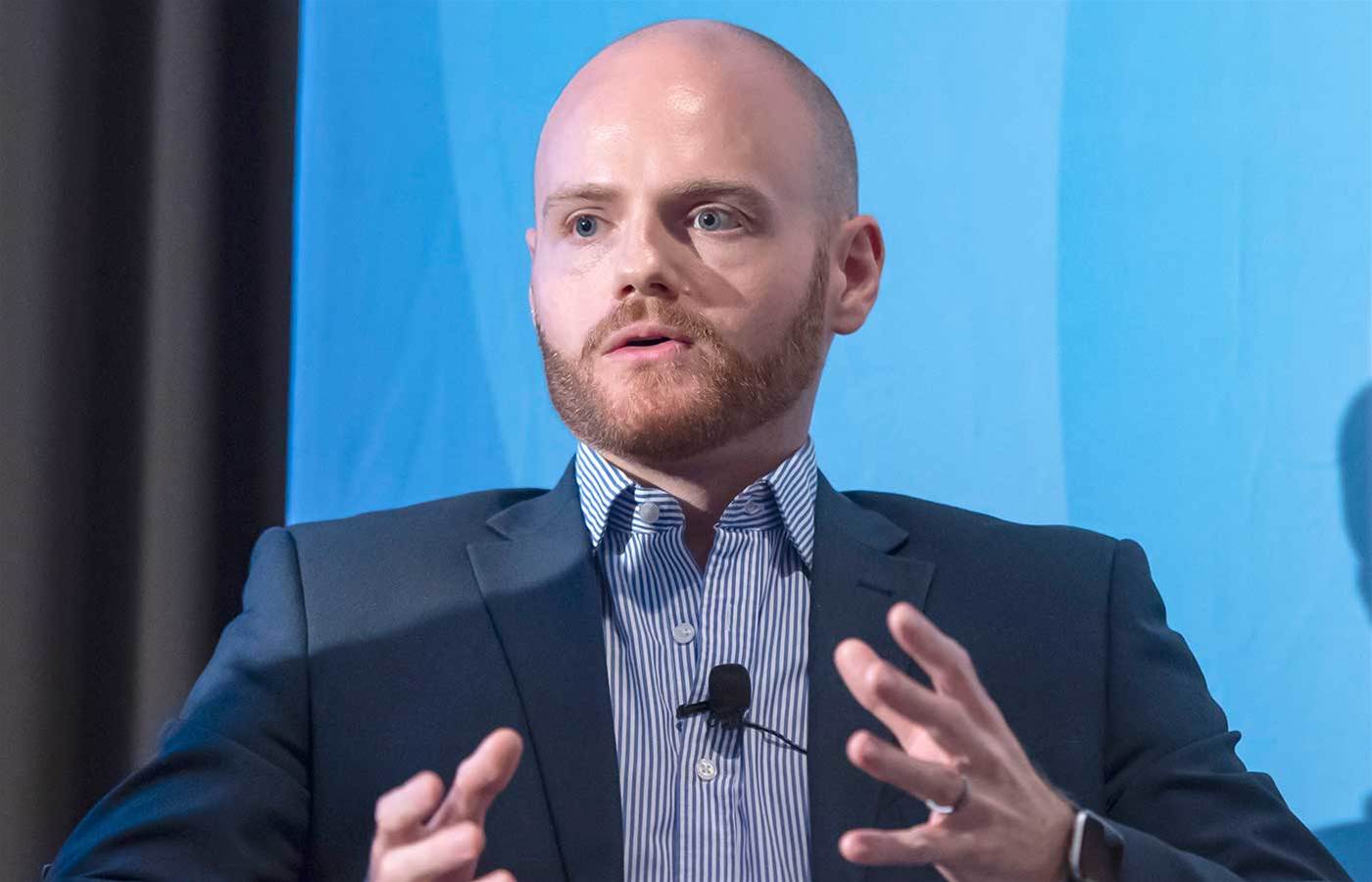
It started out quite early and it started with roundtable discussions in Sydney, Melbourne and all over the county. It allowed us to impart feedback that we had seen in other parts of the world like the US and UK, Canada and Europe, where Modality has actually deployed this calling functionality before. We understood the customer needs as they proceeded through the process.
Rhipe’s growing cloud channel
The cloud distributor is on the partner hunt. Northern region territory sales manager Matt Dewsnap spoke to partners in Sydney about the opportunities that the company is bringing to the market.
Matt Dewsnap: Cloud now is commonplace: public, hybrid, private. We’re already seeing it as the fourth industrial revolution, of which IoT is a fundamental component. There’s been talk of self-driving cars for as long as I can remember. There are already self-driving trucks operating in high-risk environments right here in Australia. In the winemaking industry, where traditionally it would take 15 people one hour to sort two tonnes of grapes, that same volume can be sorted in 12 minutes using a special conveyor belt and a camera that automates the sorting out of unsuitable fruit.
In energy, here in New South Wales there’s an Australian company, Smart Lighting, saving companies 90-plus percent on their lighting electricity costs.
If we’re thinking about next generation opportunities, then clearly we need to start thinking as a next-generation partner. What Rhipe has been able to do is boil this down to four key areas.

Firstly, R&D has accepted the world is changing. We know that, but how can we expect to be on the front foot if we’re not investing in the future? That’s both from a business model, practices and technology perspective.
Platform. I remember the days when people would build their own service – that’s all but dead. You need to adopt a platform; it’s not about building boxes anymore.
A key point is ‘value out’. It’s about business outcomes, not technology. With the increasing ability to capture IP and turn this into reusable assets, it’s more important than ever.
Business continuity, security and compliance. End users want a seamless experience. Expectations are forever rising. Offerings have to be business-outcome based.
Whatever size or shape your cloud is, be it public, private or hybrid, we are in a really unique position and able to help. Should you have your own data centre and you need to license that, we have SPLA, Veeam, VMware or Acronis, we’re in a position to help.
Should you not want to invest in data centres, we partner with IBM Softlayer. You can get bare-metal-as-a-service on a monthly consumption basis. Again, if you want a public cloud offering, we have Azure; any mix is possible.
HPE’s hybrid IT opportunity
Taking to Pipeline to discuss their innovations across data centre, server, hyperconverged infrastructure, and enterprise networking was HPE’s Brendon Sit and Brad Morrison.
Steven Kiernan: HPE, through its acquisition of Simplivity, has become a competitor in the hyperconvergence space, facing off against the likes of Nutanix and Dell EMC, what would you say differentiates what you’ve got versus the other companies?
Brendan Sit: I think the mainstays, as to the difference between ourselves and the likes of Nutanix, would be that they’re software-defined, while we’re software-defined and hardware accelerated. We have the software-defined component, creating the hyperconvergence. We’ve also got a physical card, which offsets the digital compression. So, we have all of those on digital compression, built-in backup, and we’ve basically taken an entire stack of equipment that it takes to run a datacentre and condensed it down into a DL380, or flush server.
While they’re looking at servers and storage, we’re taking the entire stack and using that as a single building block for our business.

Steven Kiernan: You’ve got a classic three-tier architecture and solutions for some of the existing HPE range and you’ve got a hyperconvergence stack. How does it all fit together within HPE, and how do you identify which is the right customer for your partners?
Brad Morrison: There are some businesses that we’ve gone into wanting to speak about hyperconverged, before realising at the end of the day that hyperconverged may not be the best solution at hand, and that a traditional 3T might be the actual solution they need instead.
Sometimes our customers just want to go as a moth to the light, right? Because, hyperconverged is the latest buzzword. So it’s good that Hewlett Packard Enterprise can have a more fulfilling conversation, and qualify what the customer really needs.
Steven Kiernan: Whether a partner is a reseller, an MSP or an integrator, where do you see more business opportunity and where do you see more success for partners? Sticking with classic sell-to, or building out their own private cloud where they effectively become your customer.
Brendan Sit: I’ve actually seen both. There’s a lot of partners out there today who have an MSP practice and the resell business. That’s just because they can attack two parts of the market and not close themselves off to other opportunities. We’ve had success with SimpliVity and other solutions down both paths, because SimpliVity has proven a good building block for MSPs to resell platform as a service infrastructure, as a service to their customers.
That helps them go for maybe those smaller customers that don’t need their own infrastructure because they’re quite small, and they’re able to resell off that platform very well.
Brad Morrison: There’s an example of a managed services provider in Tasmania that’s selling into the mid-market space. They’ll sell, for instance, two Simplivity nodes to their customer. That customer might not have a remote data centre or a place to recover from, so then the partner becomes that, and they’ll package it up as a service and include things like backup as a service and disaster recovery testing as a service.

Brendan Sit: At the higher end of town we’ve realised that a service provider in the channel is something that HPE should be working with. We shouldn’t be scared of them taking away that business. So, we’ve realigned our compensation model internally to make sure that our sales reps work with service providers.
Aruba and the intelligent edge
Aruba, a Hewlett Packard Enterprise company’s ANZ director Tony Smith spoke to Steven Kiernan and provided an update on the state of enterprise networking and where the opportunity sits for the channel.
Steven Kiernan: A couple of the sectors where we see a lot of wireless networking business going on is education and retail. Why would you say we are seeing so much activity in that space?
Tony Smith: Aruba Education is probably the largest business activity we look across. Schools, by and large, have a fixed number of people. Let’s say a thousand come in one year and a thousand go out the same year. It is a very big load on IT to deal with that level of on-boarding and off-boarding. One of the advantages we bring to schools and other organisations with user turnover is automation of on-boarding and self-provisioned on-boarding onto networks. It takes the burden off IT so they can get on with the work.
The next part of that is around the capacity of the networks. In schools now, there’s the learning they do, but video is driving big capacity across the networks.
They’re watching lots of video, so they need high capacity networks, and high capacity in little spots for short periods of time.
They want capacity to be able to deal with surge through video and simple network use and that’s what we’re providing: high density, high capacity networks in hot spot areas and in low-density networks across the rest of their campuses.
As for retail, it’s another really interesting place, because retail is wondering how to best use wi-fi. For analytics — to watch what people are doing, where they’re going in order to monetise it — there’s a lot of that in shopping centres. You’ll see as you jump onto your favourite shopping centre wi-fi network, it’s actually a big marketing tool. Then they’ll use it to monetise the most valuable property in the shopping centre.

Steven Kiernan: What work has been done on the Aruba side to compensate service providers in the same way you might have historically compensated transactional sales of gear and networking infrastructure?
Tony Smith: Service providers are the customer for all intents and purposes, but they’re a little more special than that in that there’s a marketing and rebates program that sits behind supporting a business activity.
So that’s one mode of business: the resale business supported by channel reseller programs and so on.
We’ve also expanded quite a lot across the world and are seeing success with our OEM program, where organisations take our intellectual property and wrap it inside their intellectual property, and that’s a part of the business that’s expanding quite nicely. These are non-traditional players as well.
One area we’re working on is putting wi-fi and satellite technology into commercial aircraft to offer wi-fi on the aircraft. We’ve also now got furniture manufactures embedding our technology into furniture to smart-enable furniture so you can find it, track it as a managed furniture provider and support smart office spaces.
Demands on disties
On the second day of CRN Pipeline in Melbourne, editorial director Steven Kiernan presented our 2017 Distribution Research, where we analysed the demands that both vendors and resellers have of their disties. To help provide context around the research, Kiernan invited Lee Welch from Ingram Micro to join him on stage in Melbourne, and Dominic O’Hanlon from Rhipe to speak in Sydney.
Steven Kiernan: A large number of distributors might be necessary to service a big market of the top vendors, but when we see a smaller vendor put on a third distie, what’s that about?
Lee Welch: Ingram Micro Sometimes vendors think the more distributors they’ve got the more business they’re going to get, and it’s not necessarily the case. It can go the opposite way in fact, because then that vendor becomes less relevant to the other two distributors because the third vendor is fighting for share.
Margins suffer, revenues go down, and it actually has the opposite effect. Vendors sometimes think it’s the right thing to do, and I sit across the table from them and say, “Look, I’m not doing this for my business’ sake, I’m just letting you know this is not going to work for you”. They tend not to believe you and off they go, and in twelve or eighteen months they’re reviewing their distribution landscape again.

Steven Kiernan: Everyone’s looking for the best price. What’s your perspective on that component of the market where resellers are pushing prices down?
Lee Welch: Distributors run on very slim margins, and you have different margin profiles for different areas of the business. Keyboards and mice, for instance, we don’t make much margin on because the commodity is low-value-add, but when you get into networking, security and cloud, the margins start to climb; we’re investing more in that area.
Ultimately, our success and the success of our partners and their customers is all down to relationships.
We’ve got partners that just drop us on price all the time. That’s fine, but with partners that we’re actually getting deep with, we talk about new vendors, new solutions, we’re providing them with resources, we’re helping them with lead gen. The better the relationship you have got with your vendor and your distributor, the more value that you can actually extract from those people.
Steven Kiernan: Distributors, like channel partners, need to invest and to change their businesses for new models. How has Rhipe reinvested and moved from an existing way of selling such as SPLA and to private cloud into to a new way of selling like for CSPs?
Dominic O’Hanlon: Last year we did over $150 million in revenue and made $4 million in profit. And that was the first year we’d made a profit. So there’s continuous investment. Price pressure and margin pressure is absolutely real. I don’t think I’ve met a distributor that’s out there gouging partners.
If you look at the results for any of our competitors, or anyone that sells hardware, those billion-dollar companies are making nothing.
In the distribution channel, it is very tight in terms of margins. But in our business we had to reinvest very hard. We spent more than $3 million last year just in our platform for CSP. So there’s a lot of investment that goes into 24-7 support, marketing-as-a-service, support-as-a-service, consulting-as-a-service. These are things that you’re not going to make money out of, but they are going to drive the end game greatly in your business.
Steven Kiernan: Another one of the things you’re doing is using your cloud marketplace and using your reach in the channel community to take local startups out to the market. What’s that program like?

Dominic O’Hanlon: I’m passionate about ISVs. We’ve looked at it as a business, and we’ve gone to a lot of our ISV’s and said, “How can we help you get to market?” Some are easier to get to market than others though.
The ones that are quite easy to get to market are those that attach or that can be bundled with an existing product. So, if you’re selling a CSP seat and you want to do an attach to that, they are reasonably easy to sell. The ones that are much harder to sell are where you’ve got to completely educate the market on what the product is.
So what we’ve been doing is going out to ISV communities and running what we call marketing-as-a-service. We get them in a room and do a workshop.
We evaluate which ones we can help get to market. And for the more difficult ones we might say, “Well, this reseller of ours, they specialise in mobility. We should put you in a room, get you together, and see how you can work together”.






_(21).jpg&h=142&w=230&c=1&s=1)

.png&h=142&w=230&c=1&s=1)




.jpg&w=100&c=1&s=0)





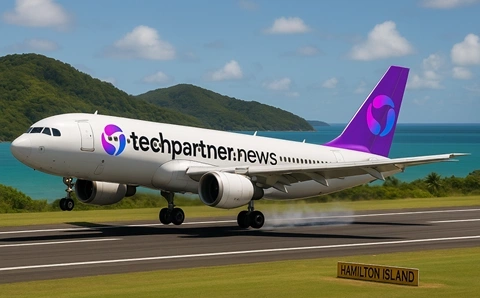
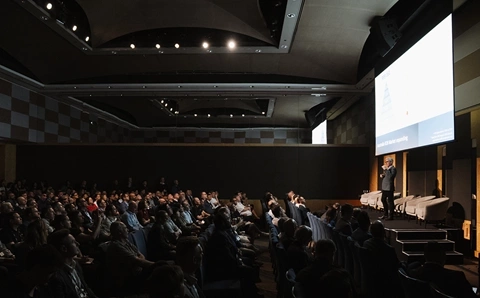
.jpg&q=95&h=298&w=480&c=1&s=1)



